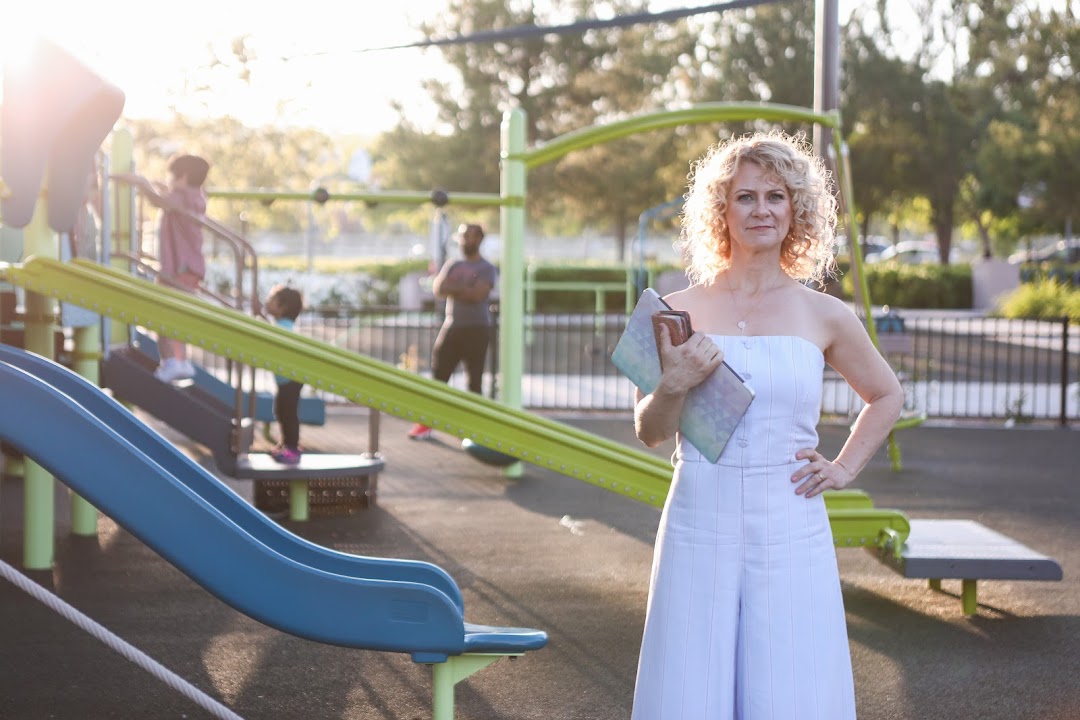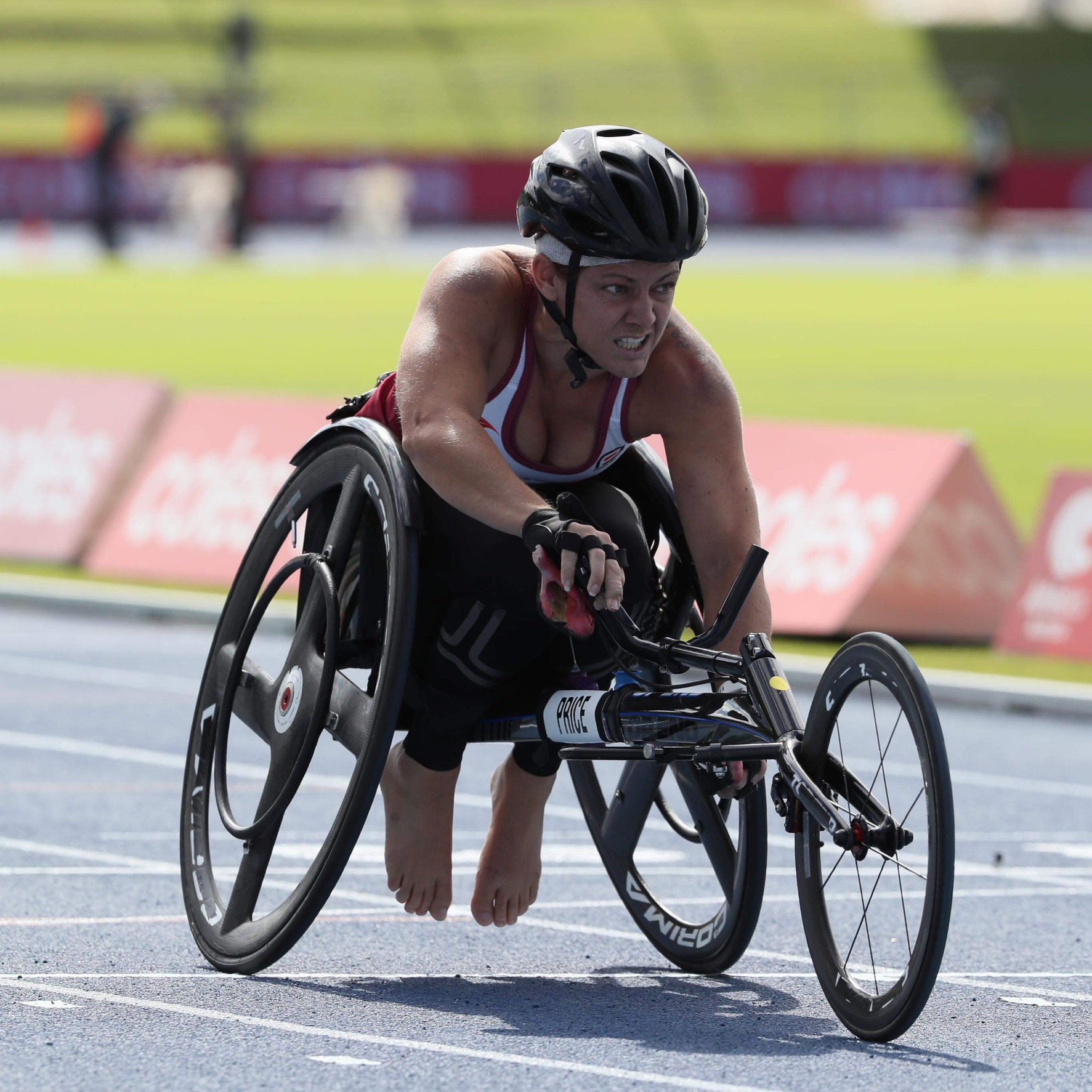The complex life of a sickle cell warrior
“One minute you wake up fine and you’re ready to start the day and then within the next hour you may have to cancel everything.” This is what every day is like when you live with Sickle Cell Disease, says pharmacist Sadeh Graham.
Despite facing daily physical and mental challenges, she has tried to live life as normally as possible and she works hard to raise awareness, like volunteering with charities and sharing her story with This Is MedTech for World Sickle Cell Day.
When Sadeh was born, a routine blood screening known as the heel prick test revealed that she had Sickle Cell Disease (SCD), a genetic disorder that affects a person’s red blood cells. Following her diagnosis with this simple use of medtech, Sadeh’s parents and brother were also tested. They carried the sickle cell gene, but they did not have the disease themselves.
People with SCD have abnormally shaped red blood cells which cannot move easily through blood vessels. The blocked blood flow through the body can lead to serious problems, including stroke, eye problems, infections and severe episodes of pain called crises. The condition affects 20 million people worldwide.
“With sickle cell, there isn’t a routine cure that’s accessible to people with the disease, so all of our medical procedures are to treat or prevent complications of the condition,” explains Sadeh. The majority of her treatments have involved medical technologies, most notably blood transfusions and blood exchanges.
“Generally, for people with sickle cell, we are chronically anaemic so our blood doesn’t hold enough iron and we will have a lower baseline haemoglobin compared to people in normal health,” Sadeh notes. “Our red blood cells only live from 7-10 days whereas in a healthy people they live 120 days. If our baseline drops further, which can happen when we have painful sickle cell crises, or we have an infection, cold or flu, or when we’re more fatigued or stressed out, that can cause our iron levels to drop even lower, which can be dangerous. At that point, a blood transfusion would be required.”
Sadeh has spent much of her 32 years undergoing regular blood transfusions due to SCD-related complications. A transfusion is the process of transferring donor blood into a person’s circulation via their veins. She’s particularly thankful for the intravenous infusion pumps that transfer the blood into her body and deliver fluids and medications for other treatments. “I’ve used them throughout my whole life and they’ve been really important to make sure I get the medication at the right dose and at the right rate.”
Another vital medical technology for Sadeh is the apheresis machine, which makes it possible to undergo a procedure called a blood exchange. “My health has become a lot worse over the last five years and I’ve gone from transfusions to requiring regular blood exchanges every four weeks,” she says.
“A blood exchange differs from a transfusion in that they remove my ‘sickled’ blood and they transfuse healthy donor blood into me at the same time. Initially the procedure was done manually and required two to three days in intensive care, but now the machine can do it much more safely and efficiently. Without that machine, I wouldn’t be able to have that procedure regularly and I would probably not be here.”
Sadeh credits the charity OSCAR Sandwell with giving her the confidence to pursue her dreams and she’s passionate about supporting the next generation of people with SCD. “It’s important they know that we are unstoppable and we can achieve anything.”






